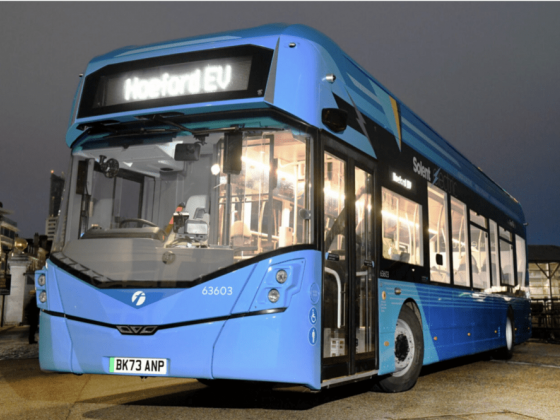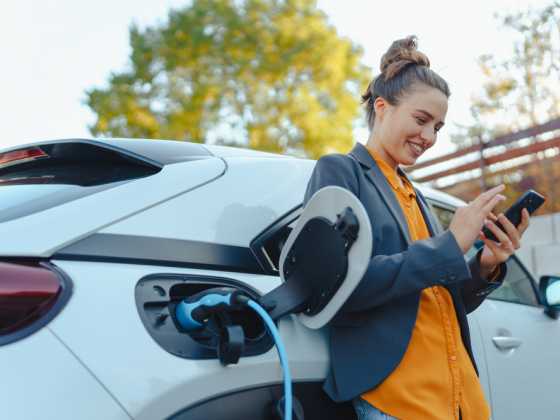ULEMCo to launch hydrogen-fuelled generator for non-road machinery

Hydrogen fuel company ULEMCo has announced plans to launch a zero emission 50 kW (KVA) generator later this year to reduce emissions from non-road mobile machinery.
The zero emission genset will use around 15-20kgs of hydrogen, depending on the average load, when running over an eight-hour construction shift.
It will emit zero emissions from an air quality perspective, without any after treatment, and depending on the source of hydrogen, will save up to 640g/kWh CO2 against a diesel powered comparator. When tested under the Type D2 ISO 8178 generator set engine standard, it demonstrates class leading thermal efficiency from the engine of up to 45%.
The work builds on results delivered recently by ULEMCo’s R&D partners, Revolve Technologies, on 100% hydrogen engines.
“Our initial work showed how an engine can be adapted to run on 100% hydrogen with zero emissions, and we were delighted to see the impressive overall efficiency results attained,” said Paul Turner, Engineering Director at Revolve Technologies. “Using hydrogen in this genset application instead of other zero emission alternatives like batteries, eliminates equipment down time for re-charging, and requires very little change of behaviour for the operators that would normally use diesel fuel. We believe that our prototype will gain significant interest from the industry.”
“This latest product represents a further opportunity for hydrogen fuel to make a real difference in reducing harmful emissions, and to support initiatives such as the new London ULEZ to improve air quality”, said Amanda Lyne, Managing Director of ULEMCo. “Our experience with commercial van fleets and trucks has given us valuable insights that have transferred to this first genset model.”
ULEMCo plans to have a production ready genset available in the Autumn, and to have a prototype available for potential customers to trial in the next few months. They plan to have the system on display at events like LCV 2019 in September, where it will be shown working to recharge EVs and for other standalone power requirements, demonstrating the future of emission free mobility and off highway equipment.



